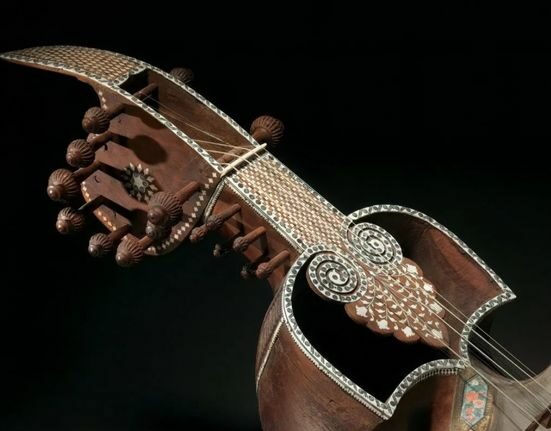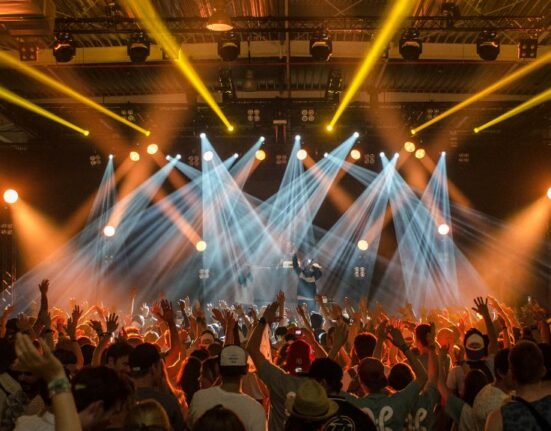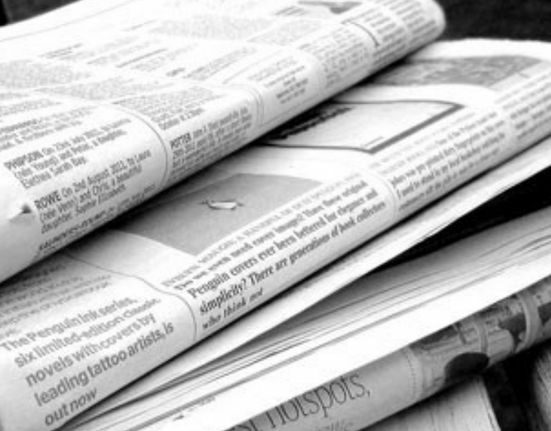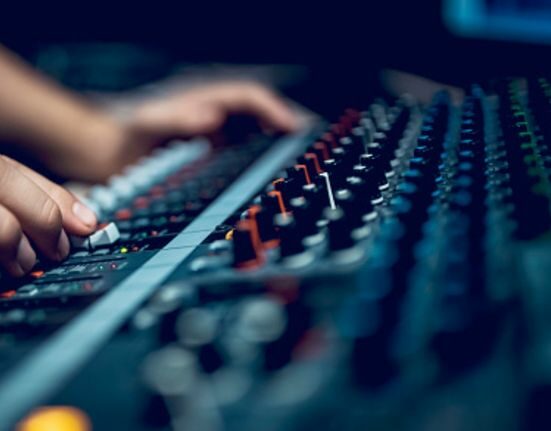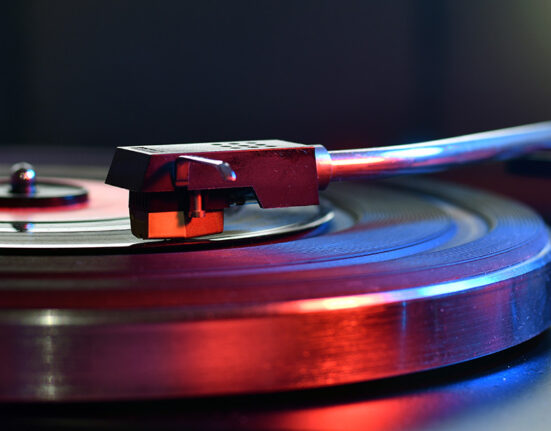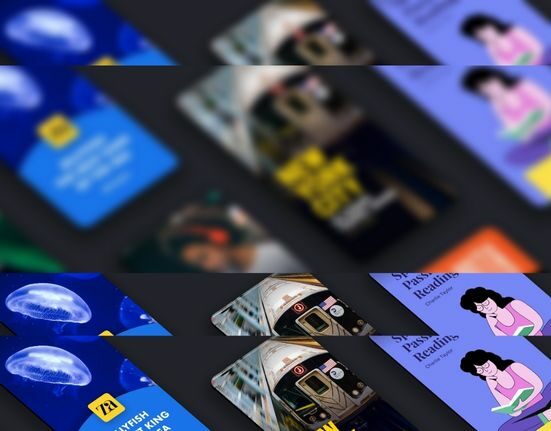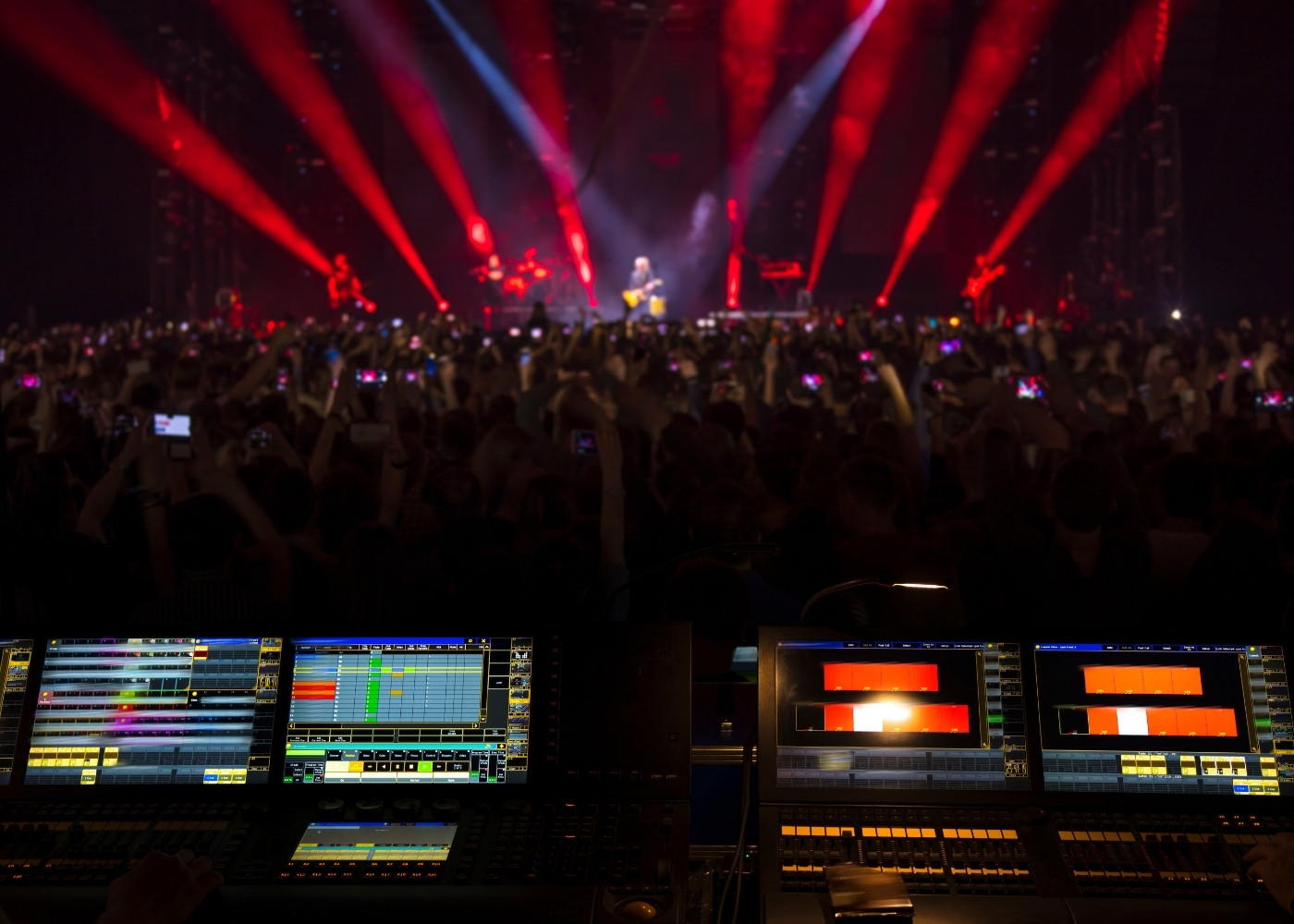From working as a FOH/MON mixing engineer with legendary artists like Ustad Zakir Hussain, Pt. Hariprasad Chaursiya, Niladri Kumar to doing stage-tech for Coldplay, Joe Satriani, Katy
Perry, Bryan Adams, Enrique Iglesias, Anoushka Shankar, A.R Rahman, Mutemath, Alt J and practically every Bollywood artist/band, Jagdish Mutke is a one-man army who has done major musical events in India and abroad and has known the ropes of the sound engineering industry. In conversation with BeatCurry, he gives an interesting insight into this indispensable profession.
Tanya Sujan | BeatCurry Team
How long have you been a part of this industry? What are some of the events you’ve done in recent times?
I have worked as a Sound Engineer and a Stage-Tech for more than a decade now. I have headed this space for artists like Coldplay, Joe Satriani, Katy Perry, Bryan Adams, Enrique Iglesias, Anoushka Shankar, A.R Rahman, Mutemath, Alt J, Arijit Singh, Taufiq Qureshi and many other such legendary artists. Apart from these events, I have extensively worked on music and entertainment festivals-NH7 Weekender (2011 – 2019), Sula Fest (2013 – 2019), Vh1 Supersonic (2013 – 2018), YouTube Fan Fest (2014 – 2018) and the recent of all, the OnePlus Music Festival (2019). I am currently working with Sound & Light Professionals (SNL Pro), one of the biggest players in this industry. Also, a perspective about sound engineers is that we only do music events. That however is not true. In all these years, I have worked on various live sports events such as VIVO Pro Kabaddi, done corporate shows, studio recordings, live sound & light and various other video operation responsibilities.

As a professional, what are the different roles and responsibilities that you have to shoulder so as to pull off an event?
Frankly, when you do an India vs abroad comparison, the working style is different. The mentality of Indians is that they have to be an all-rounder in every aspect of the field and act as a ‘one-man show’ for the event. When you get an enquiry for a gig, it starts off with a meeting with the organisers of the event. Once this is confirmed, the next step is to focus on the technical things. This isn’t a big issue in local gigs as you can easily get an engineer to help out. In international events, you need more people with technical expertise who would be performing different roles.
“Recently, before COVID-19, we did a gig with OnePlus. For this event, we were talking to artists for over 3 months regarding their requirements. We used somewhere around 200+ sound cabinets. I feel the biggest challenge is to ensure that all the gear goes to the venue from the warehouse and is rigged according to the band’s requirements.”
Can you tell us the entire process, beginning from the first conversation with the client until pulling off the entire show on the D-Day?
Once the gig is confirmed, we talk to the engineers of those international artists abroad to know their technical riders and the artist’s requirements. So, we have to see their Public Address (PA) Sound System requirement, mixing console (whether they require front of house (FOH) mixing or monitor (MON) mixing), monitor system, microphones, etc. Then comes the backline-this usually involves things like drum kits, amps, bass, piano and lots of other things. So I will have to go through each and every line of their rider, and then write back to them regarding what all we can provide and what we cannot. If there is something we cannot provide, we usually ask them to suggest an alternative.
Recently, before COVID-19, we did a gig with OnePlus. In the OnePlus event, many known artists and bands were performing-Dua Lipa, Katy Perry, Amit Trivedi, Ritviz, and The Local Train. For this event, we were talking to artists for three months regarding their requirements. So when you are doing multiple international bands, like how we did for NH7 Weekender, we were doing about 40-50 international bands over a span of 4 months. Then I have to make a list according to the venue and figure out how many speakers will be required. This is the general inventory part of any gig. For the OnePlus Music Festival, we used somewhere around 200+ sound cabinets. One of the biggest challenges is to ensure that all the gear goes to the venue from the warehouse and the gear is rigged according to the band’s requirement.
“There’s no room for mistakes, especially when you have reputed dignitaries sitting in the audience. When you’re dealing with heavy electronic items, you never know what will go wrong. It’s important to plan your backups in advance. Your main aim-to ensure the show goes on.”
Before going about the setup, how do you analyse the acoustics of any location?
When it comes to the acoustics of the venue, the first thing that you’d obviously differentiate is whether it’s an indoor or an outdoor gig. Acoustics matter when it is indoors where you have to see the construction and soundproofing of the venue. The major problem with indoor is that we rarely get any studio or auditorium venues. These gigs usually happen in 5-star hotels. The first things that we see in such cases are the dimensional size of the hotel venue, its layout, and the estimated number of people that will be attending the show. It also depends on the artist-if the artist performing is a rock or pop band, they will require a good decibel but if it’s a classical artist, you don’t require a big system.
In India, by far, which open ground do you think you’ve found to be ideal acoustically?
India does not have a lot of acoustically suitable grounds made specifically for concerts and live shows. Only a few of them are made for musical events or festivals and therefore, while designing them, the logistics of acoustical suitability were taken into account. But unfortunately, most for instance, a lot of shows in Mumbai happen in open grounds but these grounds weren’t built for concerts and shows in the first place. But in other countries, they have dedicated spaces for shows like the Microsoft Theatre in Los Angeles and the Wembley Stadium in the UK which have excellent acoustics and are highly suitable for live performances.
What according to you are some of the biggest challenges with handling the tech on events?
In the entertainment industry, the entire business runs on 15-20% technical knowledge and 80% on PR. People would trust you if there is a good word of mouth and the client knows that when something goes wrong, this person will be able to handle it. A major contrast between live shows and studio recordings is that there are no retakes and redoings in live shows. And there are events where you have reputable dignitaries sitting in the audience and there has to be no room for mistakes. So if anything does go wrong, your main aim is to ensure that the show must go on and you have to see how to handle the situation at that moment. Especially when you’re dealing with electronic items, you never know what will go wrong anytime. For this reason, it is important to plan your backups in advance.

If you’d like to know more about the unique and versatile forms and flavours of music,
Log on to www.beatcurry.com, subscribe and get your daily music updates from us.

